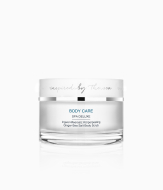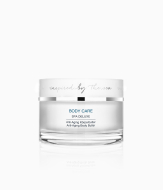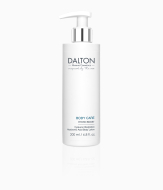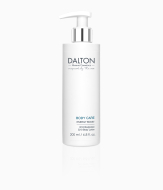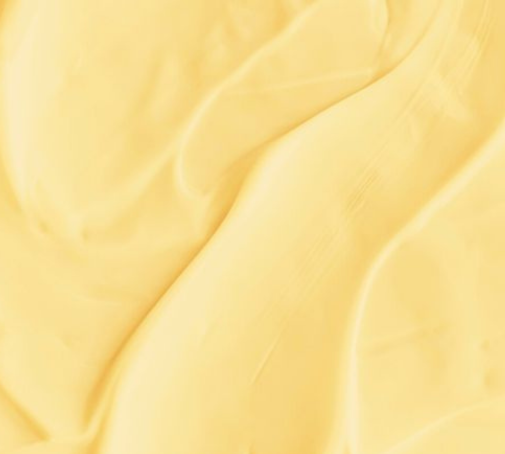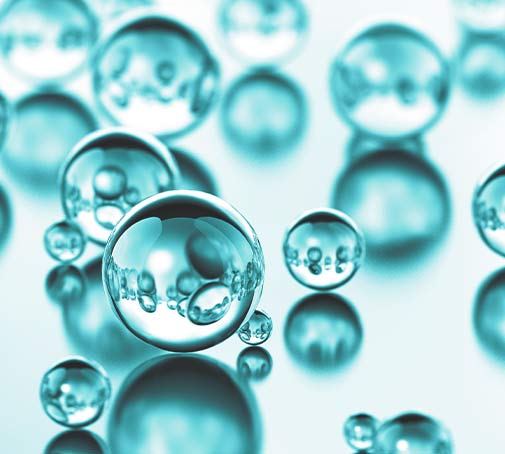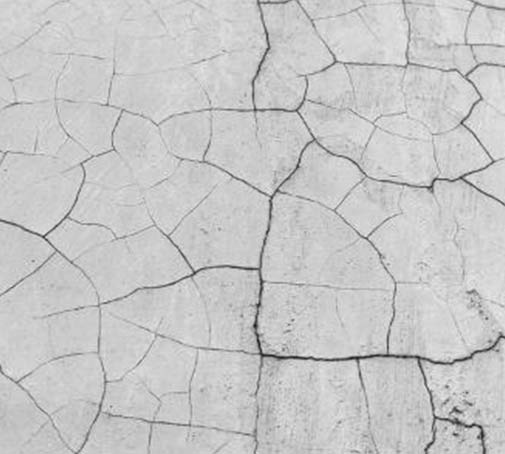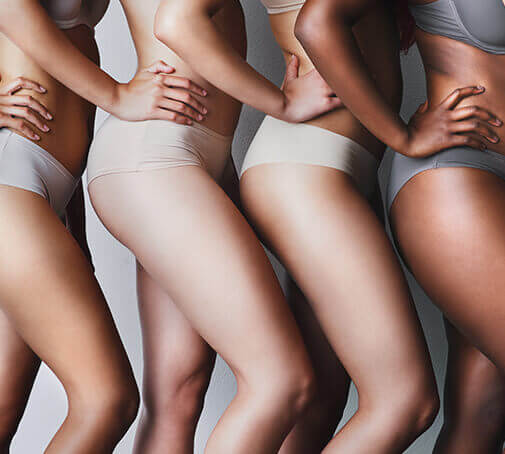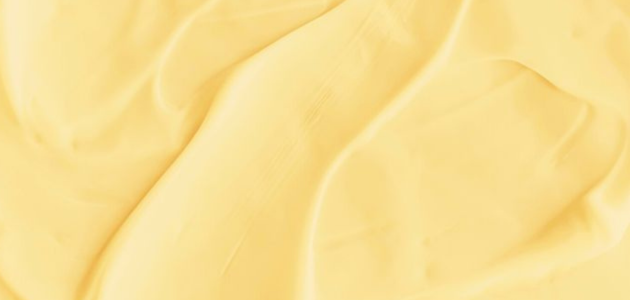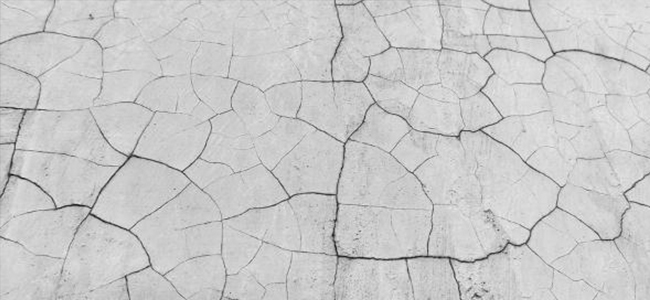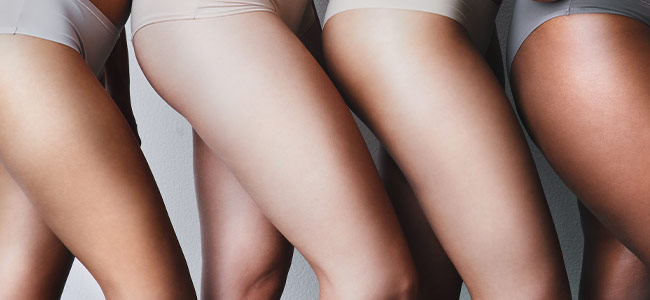
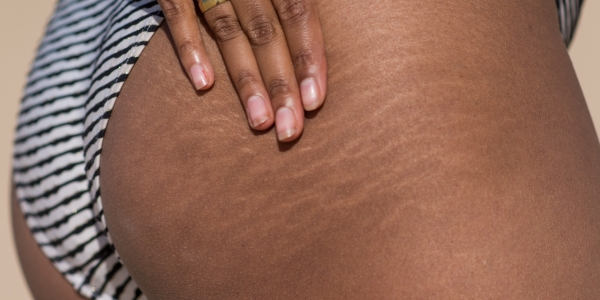
Stretch Marks
You are probably all familiar with these narrow, scar-like streaks that can appear on the skin. We’re talking about stretch marks. Let’s find out where they come from and how you can prevent them.
What Causes Stretch Marks?
Stretch marks (Striae cutis) can happen when the skin is stretched too far and too quickly for the underlying connective tissue to keep up with the growth. This causes the elastic fibers to break, resulting in reddish or bluish streaks on the skin.
There are two main types or stages of stretch marks:
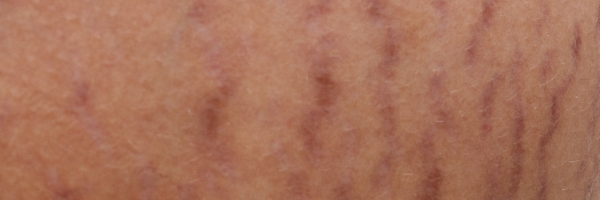

Striae rubra: This is the acute stage, characterised by red, blue or purple-colored striae. They appear where the elastic fibers in the dermis tear due to the severe stretching.
Striae rubra: This is the acute stage, characterised by red, blue or purple-colored striae. They appear where the elastic fibers in the dermis tear due to the severe stretching.
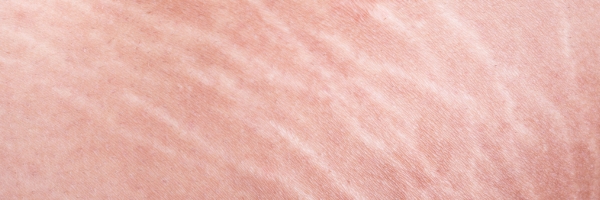

Striae alba: This refers to the chronic stage, where the dermis heals and the striae appear white – the skin is less pigmented in this area.
Striae alba: This refers to the chronic stage, where the dermis heals and the striae appear white – the skin is less pigmented in this area.
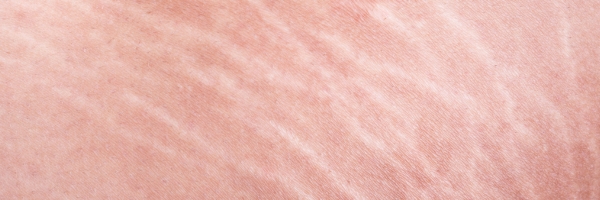

Most people develop the first stretch marks in their youth. During rapid growth spurts, the skin cannot keep up and tears. However, the most common cause of stretch marks is pregnancy, as it causes the skin on the abdomen and breasts to stretch rapidly. Stretch marks due to pregnancy are also called striae gravidarum. But sudden weight gain, excessive muscle gain or Cushing’s syndrome can also lead to stretch marks.
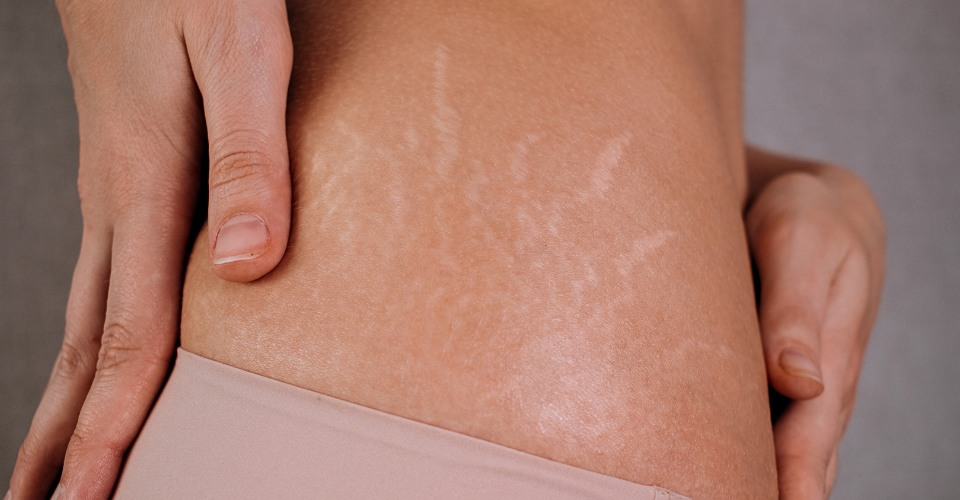

Where do stretch marks usually appear?
Technically, stretch marks can occur anywhere on the body.
This is where they are most commonly located:
- Abdomen
- Thighs
- Breasts
- Buttocks and hips
- Upper arms
Where do stretch marks usually appear?
Technically, stretch marks can occur anywhere on the body.
This is where they are most commonly located:
- Abdomen
- Thighs
- Breasts
- Buttocks and hips
- Upper arms
Did you know that women are more likely to get stretch marks than men? It is very common to get stretch marks due to pregnancy and the resulting weight gain and hormonal changes. In addition, women tend to have a weaker connective tissue, which tears more easily. But genetic predisposition also has an influence on how the tissue behaves when stretched.
How can stretch marks be prevented?
Unfortunately, there are many factors, such as genetics, that we have no influence on. However, there are still a few methods to strengthen your skin and make it more pliable. You can support your skin by staying hydrated, eating a healthy diet and following a good skincare routine.


Massages
An important factor that influences whether you are prone to stretch marks, is the condition of your connective tissue. Regular massages can strengthen the connective tissue and enhance blood flow. You can gently massage your skin with a little massage oil or a lipid-rich cream. Plucking massages are best, where you pluck the skin upwards with swift movements to stimulate blood flow. Especially during pregnancy, it is worth massaging your belly regularly. Although this won’t prevent stretch marks completely, massages provide excellent support for the connective tissue and are good for you and your baby during pregnancy.


Contrast showers
You can also boost blood flow by alternating between hot and cold water during your shower. Start slowly with your legs and work your way up. Then repeat the process 3 times in a row. In addition to strengthening the connective tissue, contrast showers can also have a beneficial effect on the metabolism.


Moisturizing skincare
To keep the skin supple, it is important to moisturize it every day. Whether you use body lotion or a body butter is up to you and your preferences. Our body lotion with hyaluronic acid and urea infuses dry skin with intense moisture. If you prefer a richer texture, our body butter is perfect for you. The lipid-replenishing body butter with natural oils and vitamin E is fast-absorbing without feeling sticky and promotes firmer skin. A consistent skincare routine helps to make the skin and the connective tissue more elastic.
Can you remove existing stretch marks?
Here comes the bad news! Moisturizers, massages and contrast showers cannot remove stretch marks that are already there. However, there are other treatments that can fade the small scars or even remove them almost completely.
Microneedling: With the help of many fine needles, the damaged skin is stimulated to produce more collagen and elastin. This can result in the skin looking firmer and smoother and improving the appearance of stretch marks.
Laser therapy: During laser treatment, concentrated beams of light enter the dermis, the middle layer of the skin, where they cause microscopic injuries. As with microneedling, these controlled injuries stimulate the body’s regenerative process, which leads to an increased production of collagen and elastin.
Treatment with highly concentrated vitamin A: Besides the more invasive methods, stretch marks can also be treated with retinoid acid (tretinoin). It can fade the streaks, if they are treated in the acute stage, i.e. when the scars are still reddish-blue. However, tretinoin must not be used during pregnancy or while breastfeeding.
Most importantly, we’d like to remind you that you don’t have to be ashamed of your stretch marks. Apart from the fact that almost everyone has one or two streaks on their skin, they are also evidence of how much your body can endure - whether you got your stretch marks from pregnancy or from a huge growth spurt during puberty.


Beauty editor


